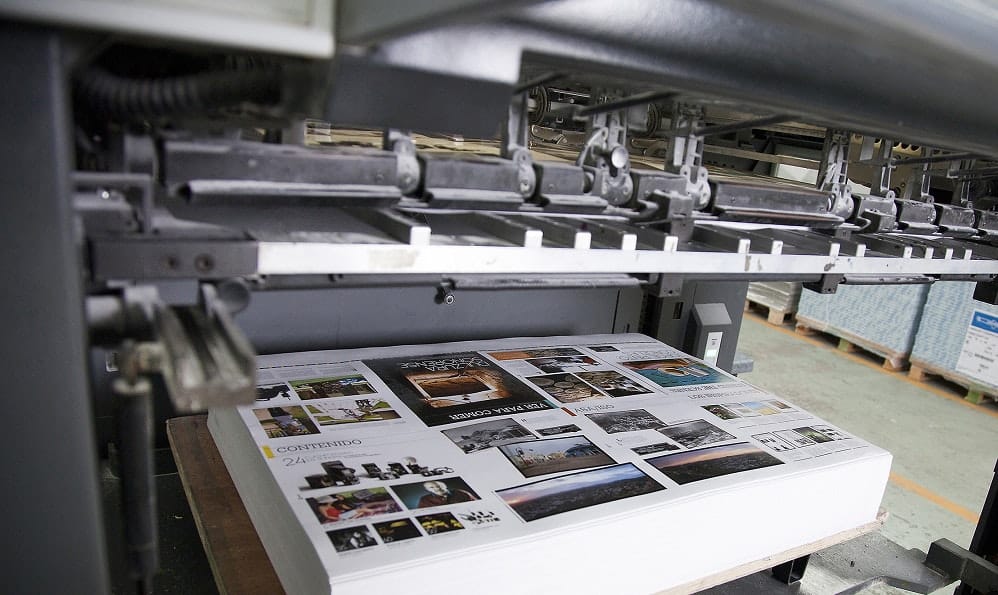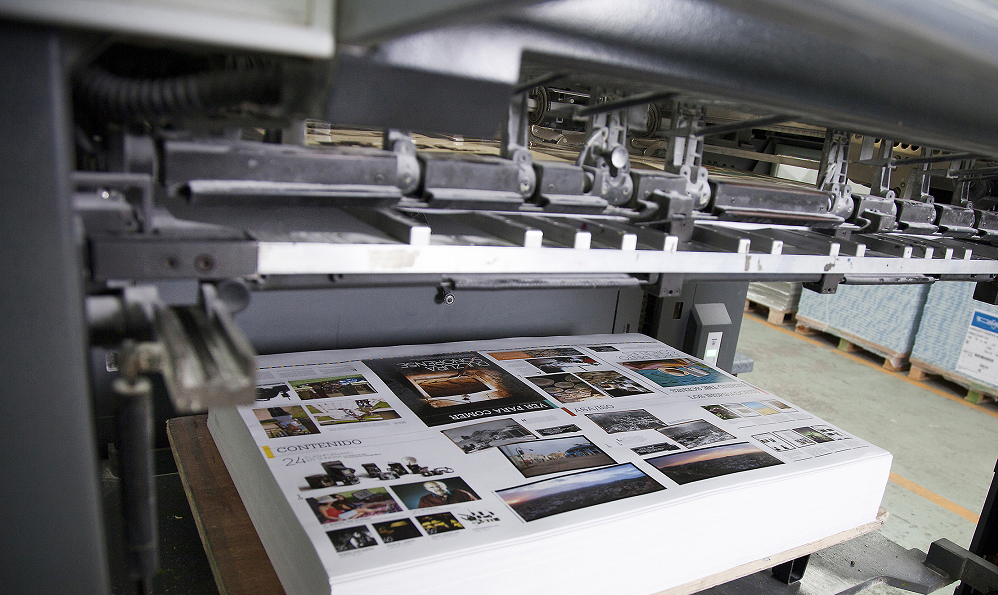What Does Covid-19 Mean for Print?
Print distribution interruptions don't mean that print — and its proxies — will fade

The death of print has been predicted often, and print as a format is assiduously ignored by futurists of communication — for instance, there is no policy for print OA, and I think posing a question about it would break some brains. After all, print is expensive, while digital is cheap, right?!
If, as some note, the Covid-19 pandemic is accelerating the inevitable (a dubious argument — I don’t think brewpubs were inevitably going to close their doors), will it accelerate the demise of print?
Two suspensions of print delivery by scholarly publishers have raised the question.
For Cambridge University Press (CUP), concerns about deliverability and supply chains in the mid-term led them initially to urge subscribers to activate their online access. Subsequently, they announced they’ve stopped printing journals entirely, as non-delivery was creating warehousing problems (and, I assume, costs). CUP will print and deliver the issues held up during this hiatus when the situation resolves.
Taking one step instead of two, AIP suspended print delivery last week, given deliverability issues. AIP is still printing the journals, and will send them all when the situation improves. AIP is also urging subscribers with “print-only” subscriptions to add online access.
Both AIP and CUP are careful to mention that they will serve all the missing issues when delivery becomes more certain, a move that will help subscribers maintain collection continuity while allowing the publishers to recognize revenues related to print subscriptions and delivery when the time comes.

In a funny way, these announcements confirm that print is still a popular and viable medium for information delivery. It’s fading, but not dead — a market-driven reality that most mandates and edicts don’t address or even deign to recognize.
In the B2C world, print is still viable. Just this week, magazine publishers announced that sales of print editions in March were up 3% at major retailers like Target and Wal-Mart, and up 12% at supermarkets, as shoppers added magazines to their hoarding purchases (of course, jokes about this happening after not being able to find toilet paper also come to mind).
In the short-term, from a business standpoint for B2C magazines, print distribution will shift, with points of sale more concentrated on “essential” businesses like supermarkets, drug stores, and big-box retailers like Wal-Mart and Target. Bookstores and boutique retailers are closed, as are news kiosks.
Delivery is the biggest challenge for publishers like CUP and AIP. Print subscribers have shifted to work-at-home. Some offices are closed and aren’t accepting mail. Impediments to shipping long-distances (freight air, surplus space on ships, which publishers often use) has made delivery uncertain or too costly.
In what I hope you’ll find an interesting digression, editorial changes are occurring for some print publishers as social distancing becomes more common. For editors at major magazines, Covid-19 precautions are making illustrations more commonplace and photographic portraits less viable, as photo shoots with celebrities are no longer in the cards. Also, stock art selections are becoming less focused on exciting shots of people in close proximity, and more on spaces and nature. Images of people close together cause light anxiety now.
We’ve all seen new “Covid-19 era” aesthetics emerging on television — new split screens, new ways of juxtaposing images, stilted shots of reporters behind their computers to show how they’re interviewing someone.
And we’re spending plenty of time scanning people’s homes as we peer past their heads and examine their shelves and artwork.
Aesthetic changes may also occur with scholarly and scientific publications, as case series based on telemedicine or telehealth emerge, and as observations from cameras mounted in labs no longer accessible to researchers are used. Also, look for more screenshots in papers in the coming year, as apps are developed to read remote data sources that were once at hand.
We’ll soon see the aesthetic of socially distanced science.
These new aesthetics may first appear as print layout innovations. Getting it right for “the page” remains a priority, especially given the popularity of PDFs. Even without print delivery, print layout via PDF remains a powerful form of information organization and validation. Layout itself carries information — about what’s important, what precedes and what follows, and so forth.
(This is a major flaw of the algorithmic newsfeed — its algorithms scramble the paltry information signals its layout sends, and the newsfeed format sends far fewer signals than it needs to, to begin with.)
Print and PDFs remain viable and popular not because people are dinosaurs or laggards, but because people are inherently efficient.
Print layout’s portability, tolerance of latency, support of concentrated engagement, and signal-to-noise ratio still set it apart. Online layouts typically require you to work the vertical without a way to work the horizontal simultaneously and comfortably, and distractions are usually built into online layouts. The PDF is a proxy for efficiency and protected space.
New aesthetics will emerge for print, PDF, and online via the Covid-19 pandemic. They will probably be most powerfully represented and most widely enjoyed in the most efficient layout options we offer — the PDF and print.